International Architecture Biennale 2012, Rotterdam
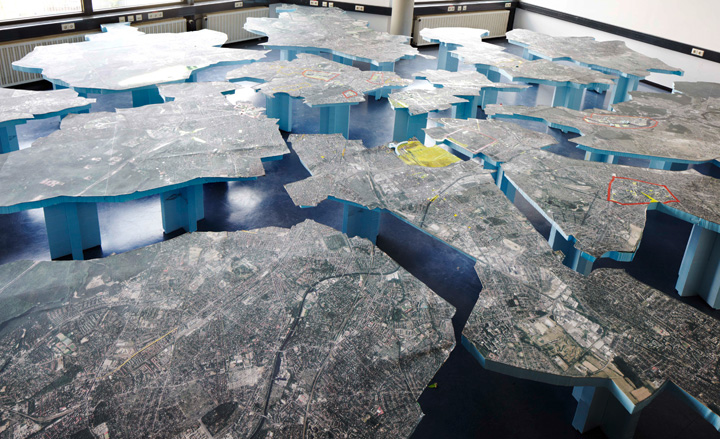
The amount of people living in cities is increasing at rapid speed and demographers expect that 80% of the total global population will be a city dweller by 2050. So how can designers successfully guide these drastic changes? The 5th International Architecture Biennale in Rotterdam (IABR) starts from the premise that without cities there is no future. By means of conferences, lectures, debates, films and small-scale implementations, alternative ways for making cities are being sought.
Once an architectural paradise, Europe now struggles with vacant buildings and lack of funding to realise new projects. Architects are feeling the effects of the economic crisis stronger than ever. The hand-on approach of urbanist duo Elma van Boxtel and Kristian Koreman (ZUS) is perhaps the most attractive part of the IABR. ZUS are the initiators of a project to enliven an abandoned building block close to Rotterdam’s station. With only limited resources, they have transformed the area in and around the building with interventions such as an elevated walkway, rooftop crops, and temporary pop-up restaurants. The consumer is the catalyst in this ’Test Site Rotterdam’.
A zigzag route through Rotterdam centre connects the Test Site Rotterdam with the main exhibition at the Netherlands Architecture institute (NAi). Along the route, in the hidden courtyards and alleyways of Rotterdam, a diversity of small-scale interventions such a soap bubble pavilion and the Nature on Demand installation try to throw new light on the potential of these discrete urban hotspots that often remain unnoticed by citizens.
The main exhibition at the NAi, `Making City`, is a dense conurbation of models, movies and drawings focused on architects and their relationship with the authorities. An extensive series of research projects show proposals of how to transform cities such as the Nile City, Zurich and Delhi, but also quirky strategies sponsored by the Dutch Ministry of Infrastructure and the Environment to vitalise new urban areas such as Amsterdam`s Zuidas, Haagse Havens, and Eindhoven’s new Brainport city district. After all, a biennale is fun, and this lighthearted approach might bring a bit of happiness to the overall melancholy mood of Dutch architects.

The amount of people living in cities is increasing at rapid speed and demographers expect that 80 % of the total global population will be a city dweller by 2050
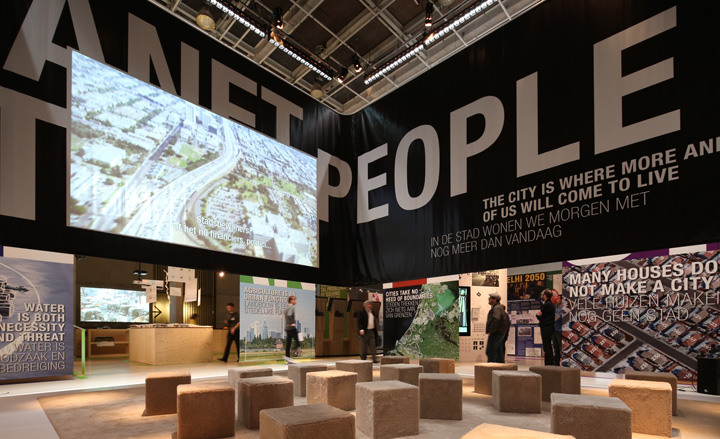
The 5th International Architecture Biennale in Rotterdam (IABR) starts from the premise that without cities there is no future. By means of conferences, lectures, debates, films and small-scale implementations, alternative ways for making cities are being sought
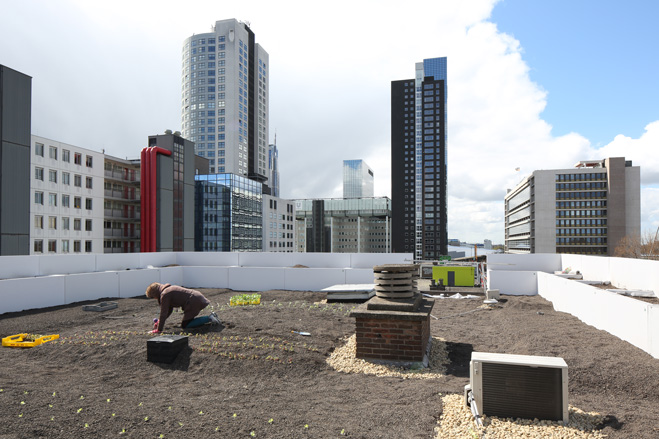
The hand-on approach of urbanist duo Elma van Boxtel and Kristian Koreman (ZUS) is perhaps the most attractive part of the IABR. ZUS are the initiators of a project to enliven an abandoned building block close to Rotterdam's station
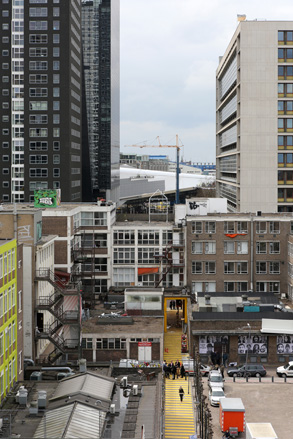
With only limited resources, van Boxtel and Kreman have transformed the area in and around the building with interventions such as an elevated walkway, rooftop crops, and temporary pop-up restaurants
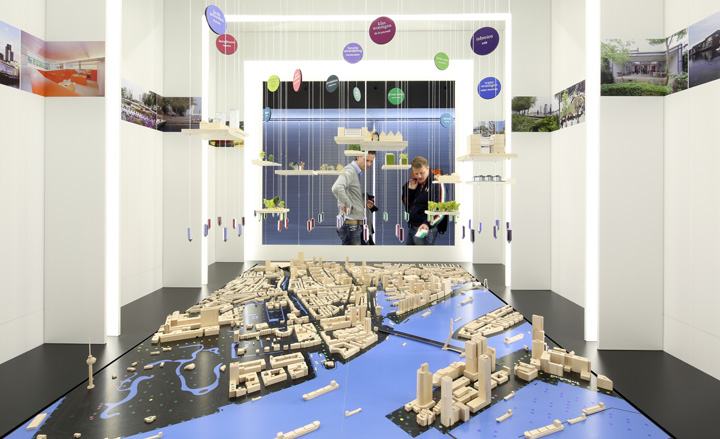
The main exhibition at the NAi, `Making City`, is a dense conurbation of models, movies and drawings focused on architects and their relationship with the authorities
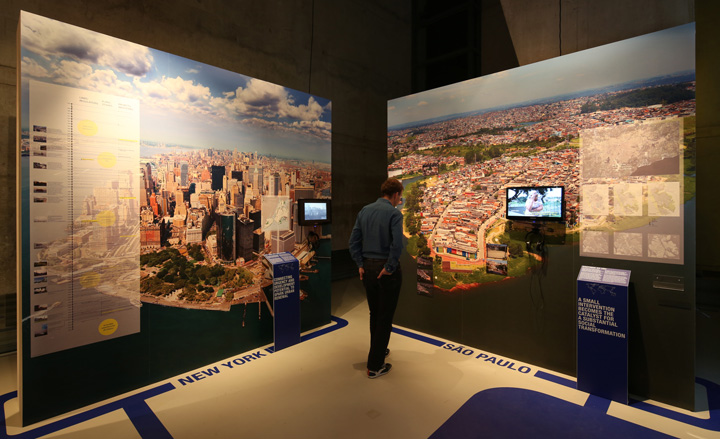
An extensive series of research projects show proposals of how to transform cities such as the Nile City, Zurich and Delhi
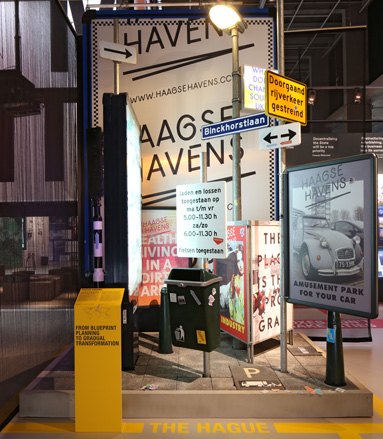
The research projects also showcase quirky strategies sponsored by the Dutch Ministry of Infrastructure and the Environment to vitalise new urban areas such as Amsterdam`s Zuidas, Haagse Havens, and Eindhoven's new Brainport city district
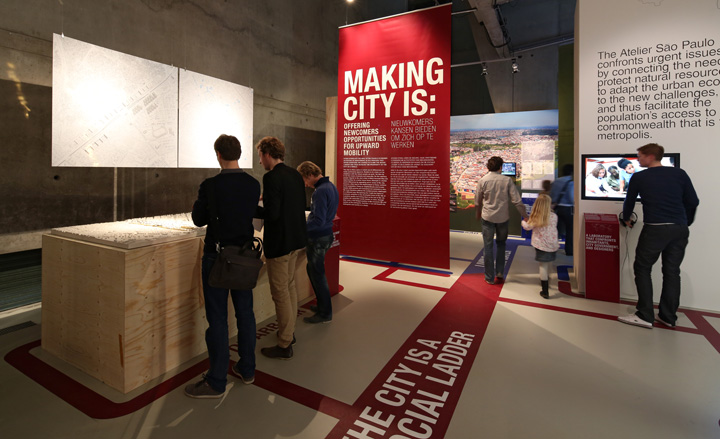
Installation view of `Making City`. the main exhibition at the NAi
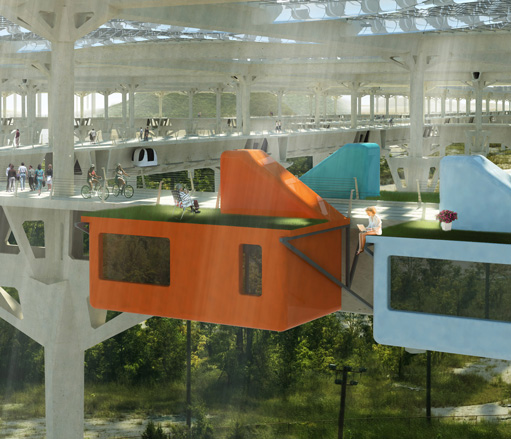
'Tar Creek Supergrid' by Amy Norris and Clint Langevin, as seen in the Smart Cities - Parallel Cases 2 exhibition
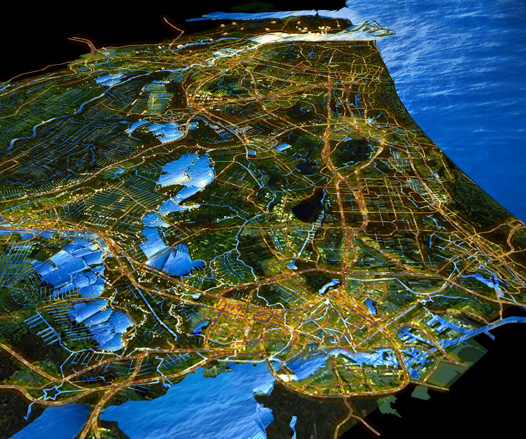
'Hollandstad Inverted Metropolis' by students of Fontys Academie voor Architectuur en Stedenbouw, Tilburg, as seen in SmartCities - Parallel Cases 2 exhibition
Receive our daily digest of inspiration, escapism and design stories from around the world direct to your inbox.
-
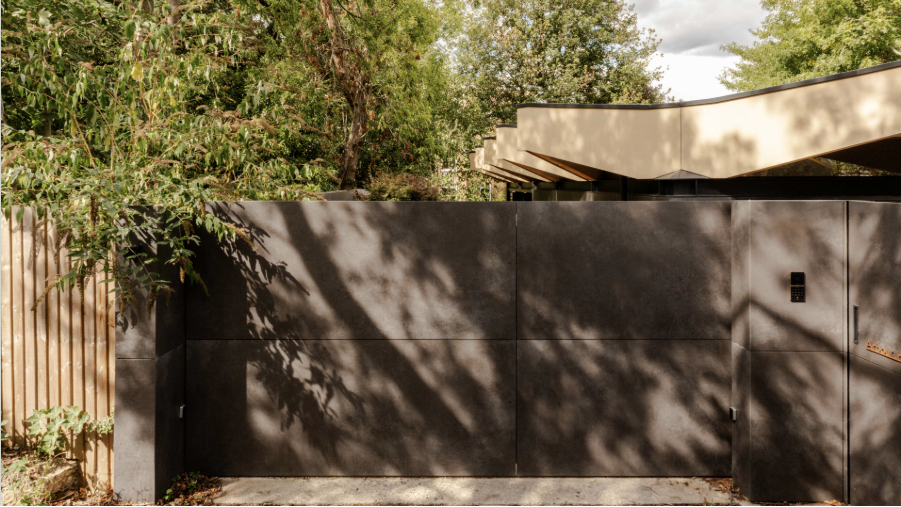 Arbour House is a north London home that lies low but punches high
Arbour House is a north London home that lies low but punches highArbour House by Andrei Saltykov is a low-lying Crouch End home with a striking roof structure that sets it apart
-
 25 of the best beauty launches of 2025, from transformative skincare to offbeat scents
25 of the best beauty launches of 2025, from transformative skincare to offbeat scentsWallpaper* beauty editor Mary Cleary selects her beauty highlights of the year, spanning skincare, fragrance, hair and body care, make-up and wellness
-
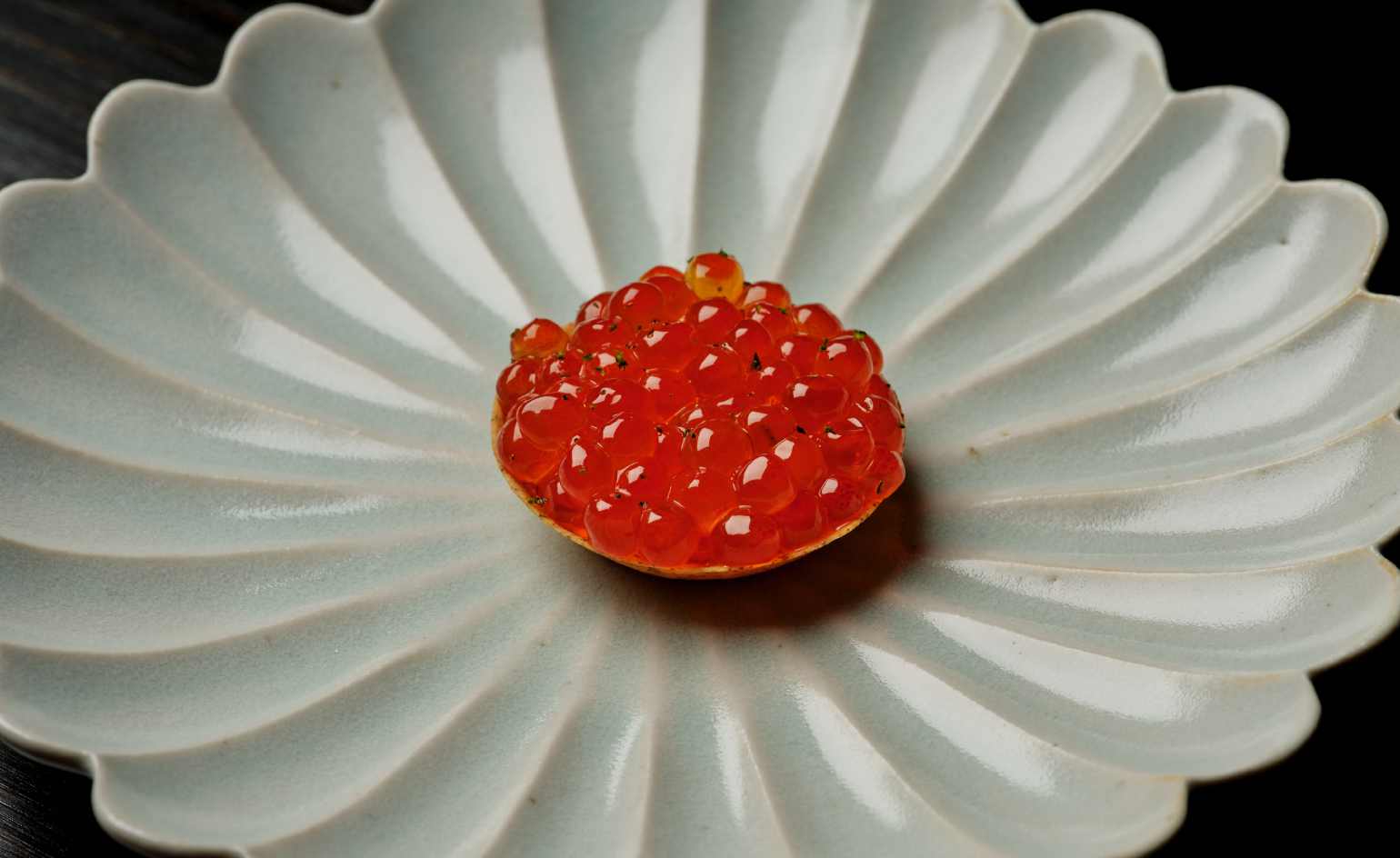 This cult Los Angeles pop-up restaurant now has a permanent address
This cult Los Angeles pop-up restaurant now has a permanent addressChef Brian Baik’s Corridor 109 makes its permanent debut in Melrose Hill. No surprise, it's now one of the hardest tables in town to book
-
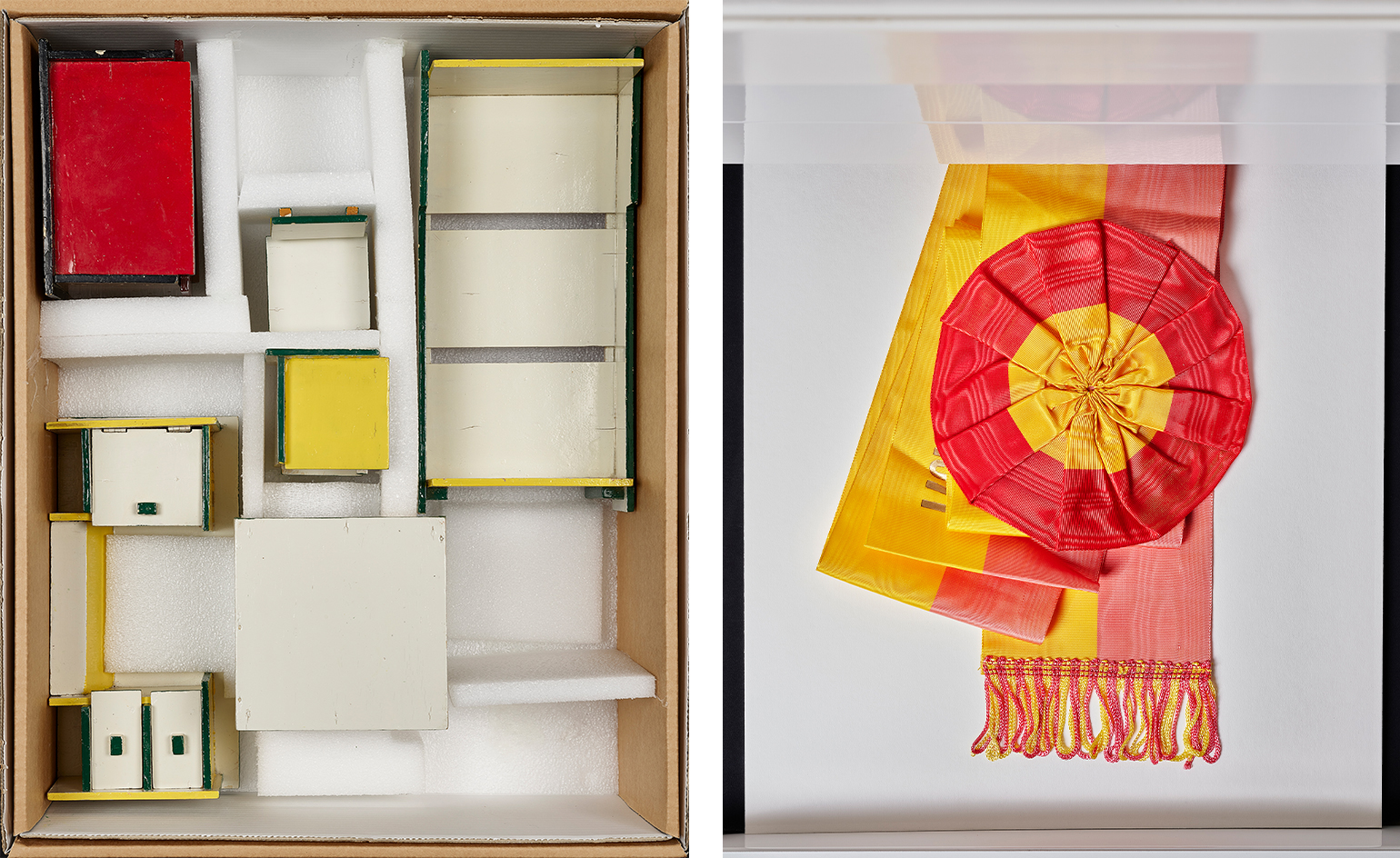 Amsterdam photography exhibitions: what not to miss
Amsterdam photography exhibitions: what not to missWe spotlight the best Amsterdam photography exhibitions to visit this Autumn
-
 New dance performance features costumes made of spider silk
New dance performance features costumes made of spider silkMist is the second collaboration between choreographer Damien Jalet and artist Kohei Nawa, with spider silk costumes designed by Sruli Recht
-
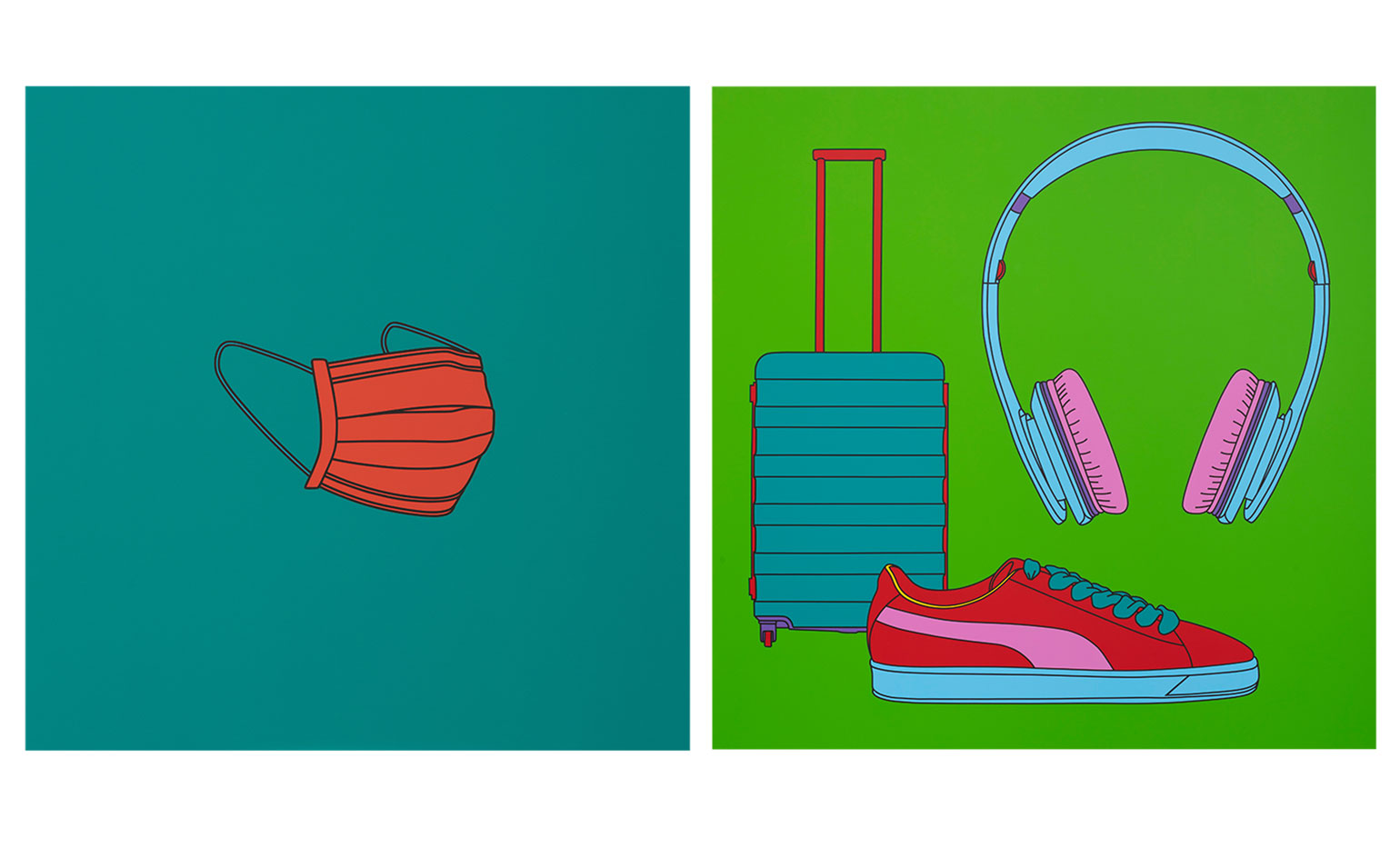 Michael Craig-Martin turns Covid-era objects into icons
Michael Craig-Martin turns Covid-era objects into iconsIrish artist Michael Craig-Martin confronts a new age of consumer culture, putting his striking, bold-coloured spin on objects defining the times
-
 Photographing the defiance and opulence of Europe’s contemporary Ballroom scene
Photographing the defiance and opulence of Europe’s contemporary Ballroom sceneIn his ongoing series, photographer Dustin Thierry charts the ‘emancipatory possibilities of expression’ in Ballroom culture across Europe
-
 Viviane Sassen's Huis Marseille show is drenched in history, melancholy and intrigue
Viviane Sassen's Huis Marseille show is drenched in history, melancholy and intrigueThrough photography and collage, Dutch artist Viviane Sassen examines the tempestuous history of the Palace of Versailles
-
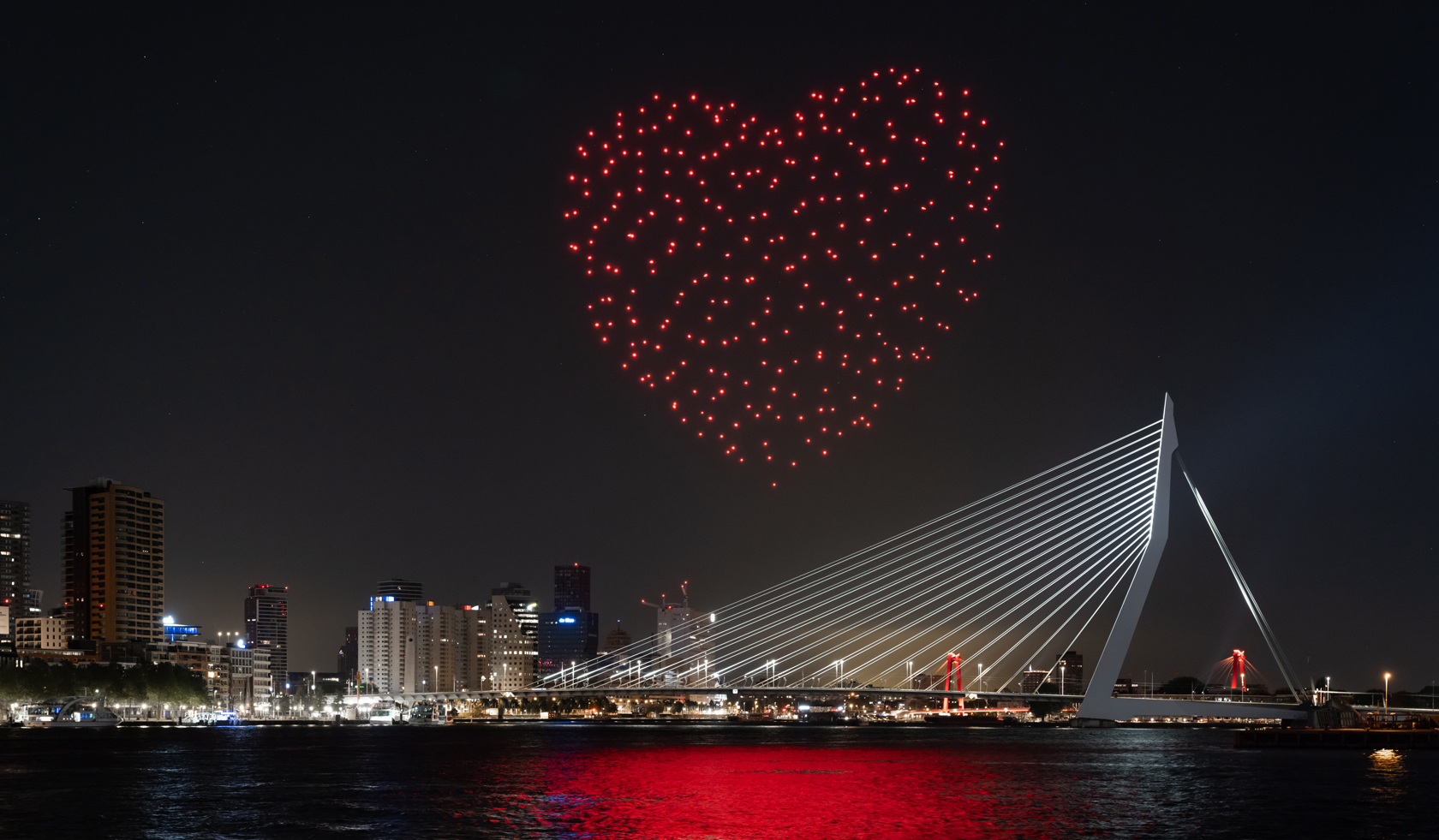 Drift’s poetic drone installation takes flight for Netherlands’ Liberation Day
Drift’s poetic drone installation takes flight for Netherlands’ Liberation DayThe Dutch artist duo staged a special iteration of Franchise Freedom above Rotterdam this week, flying 300 illuminated drones in formation to send a message of hope and encouragement in midst of the Covid-19 pandemic
-
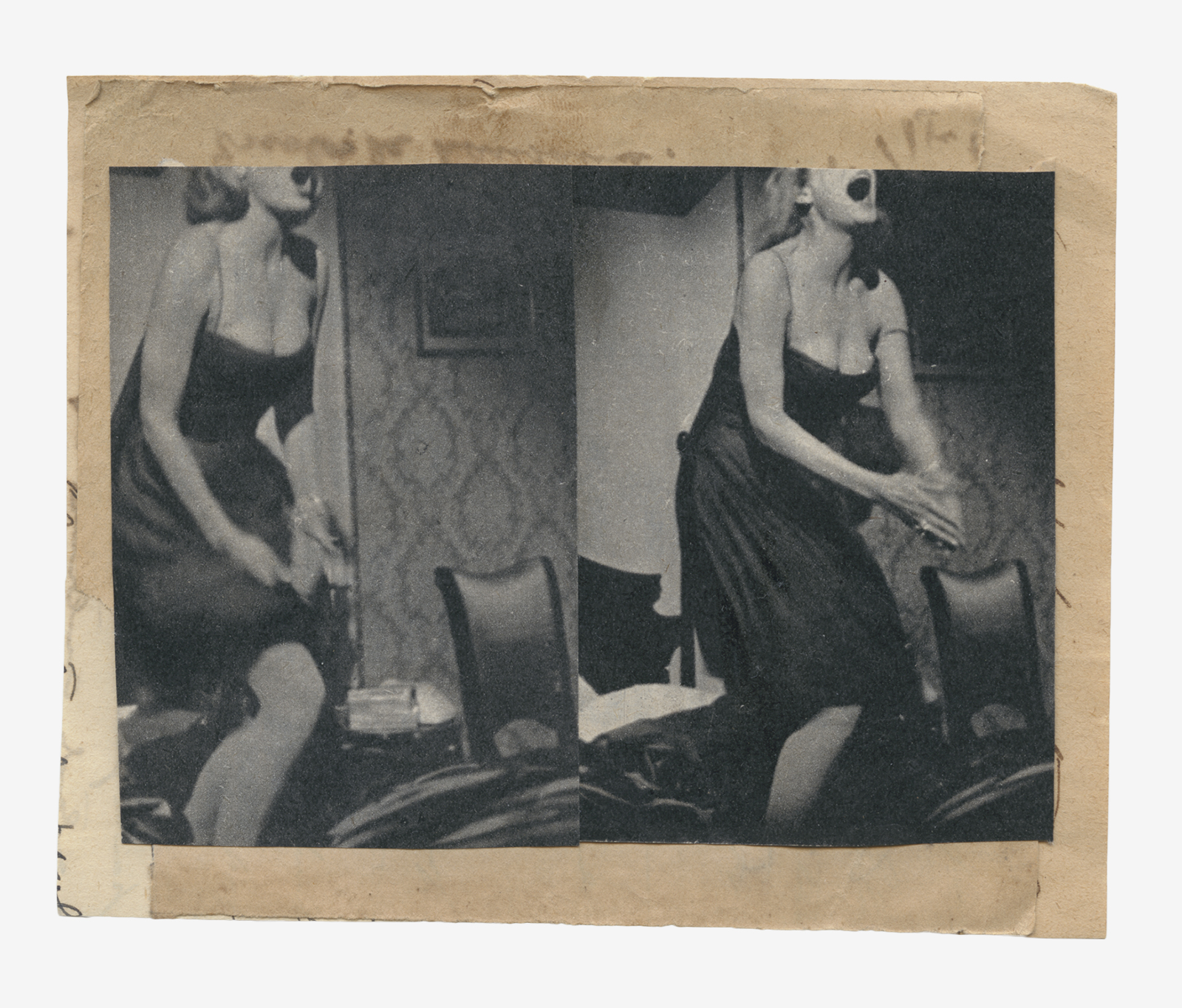 Artist Katrien De Blauwer’s photomontages have us doing double takes
Artist Katrien De Blauwer’s photomontages have us doing double takesHer uncanny clippings offer a new way of seeing at Nederlands Fotomuseum
-
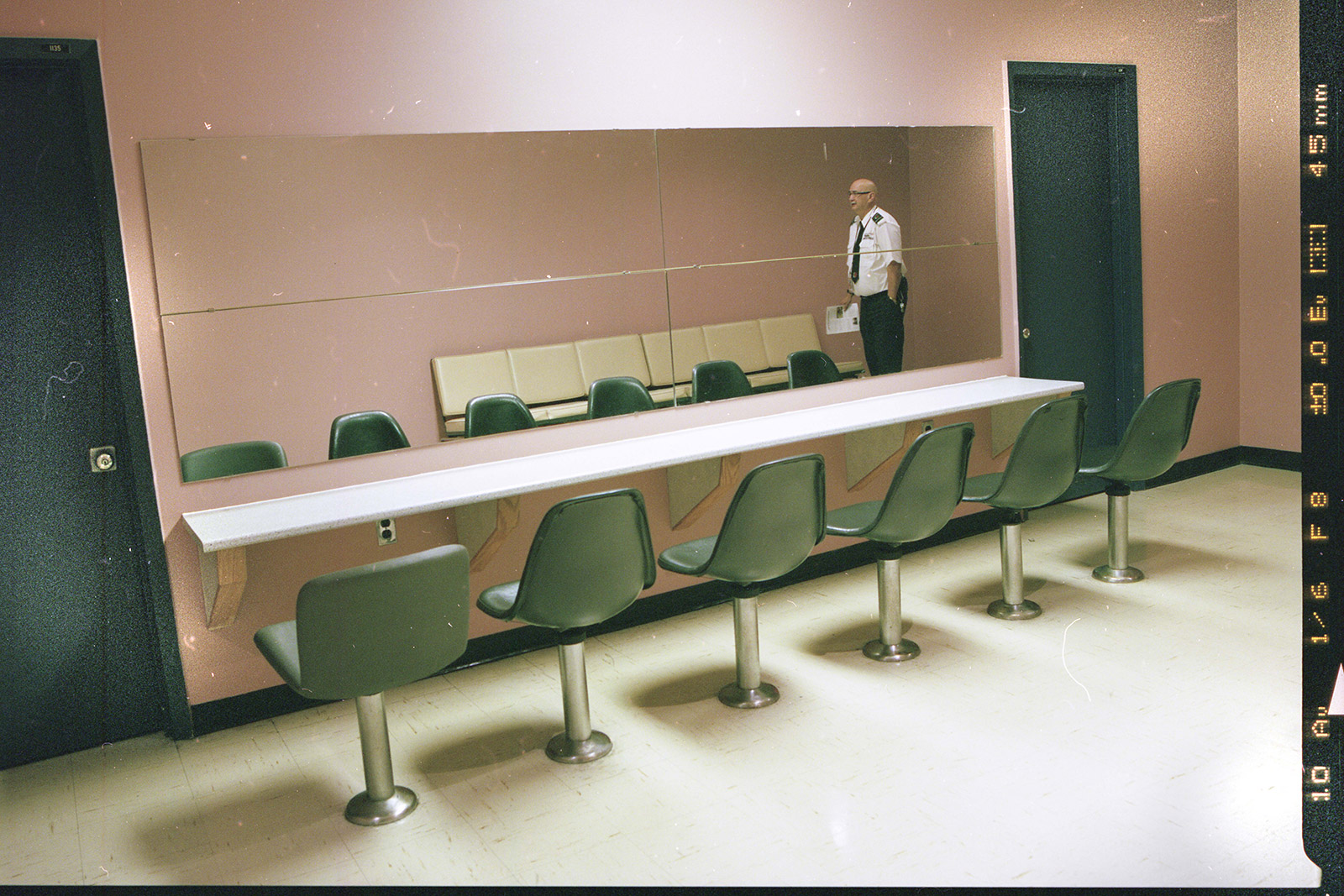 Polly Brown explores the friction-filled process of airport security checks
Polly Brown explores the friction-filled process of airport security checksFrom colourful signage in Hokkaido to watery wavescapes in Miami, the artist’s series of x-ray damaged film photographs subverts the romance of travel